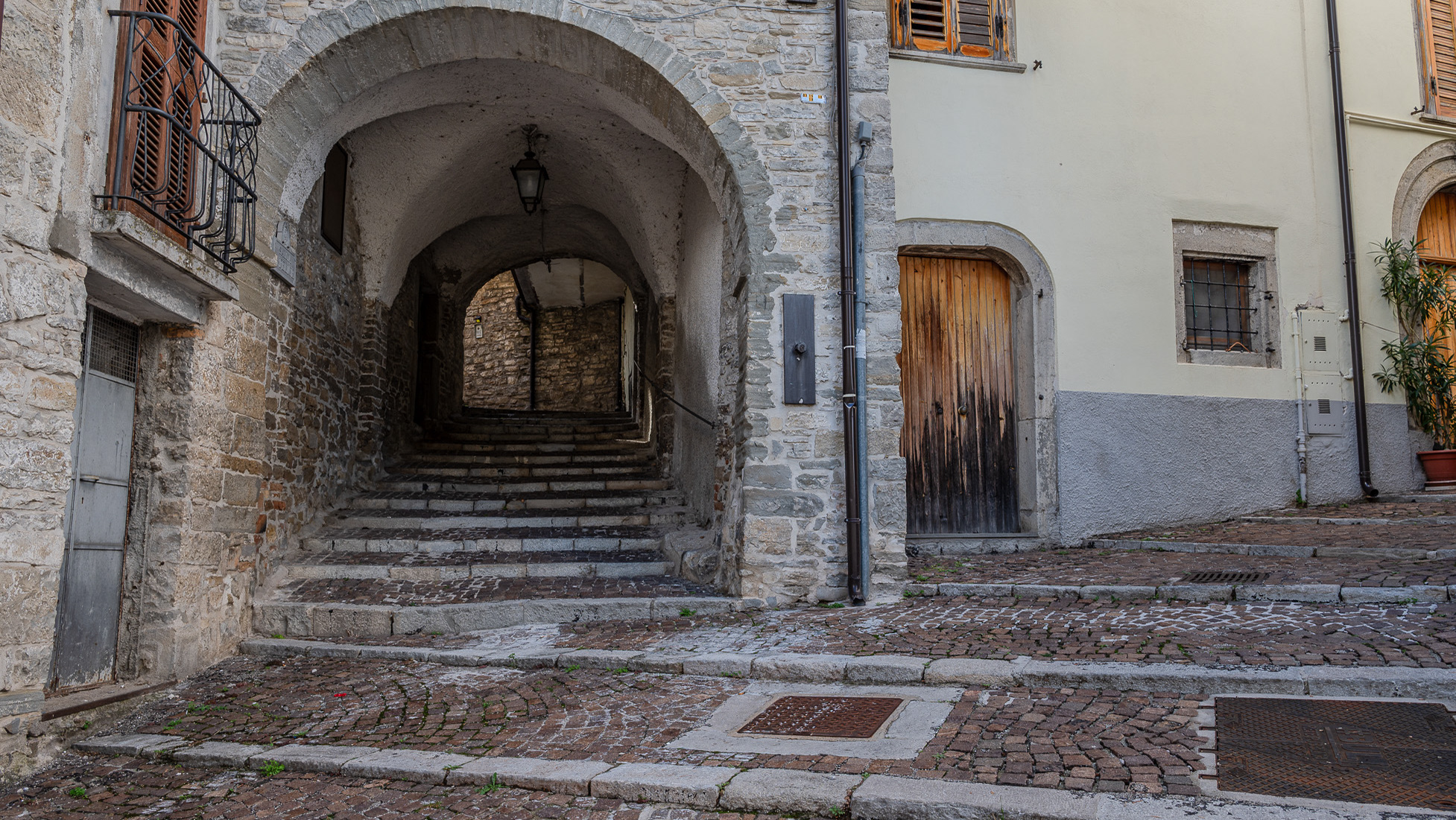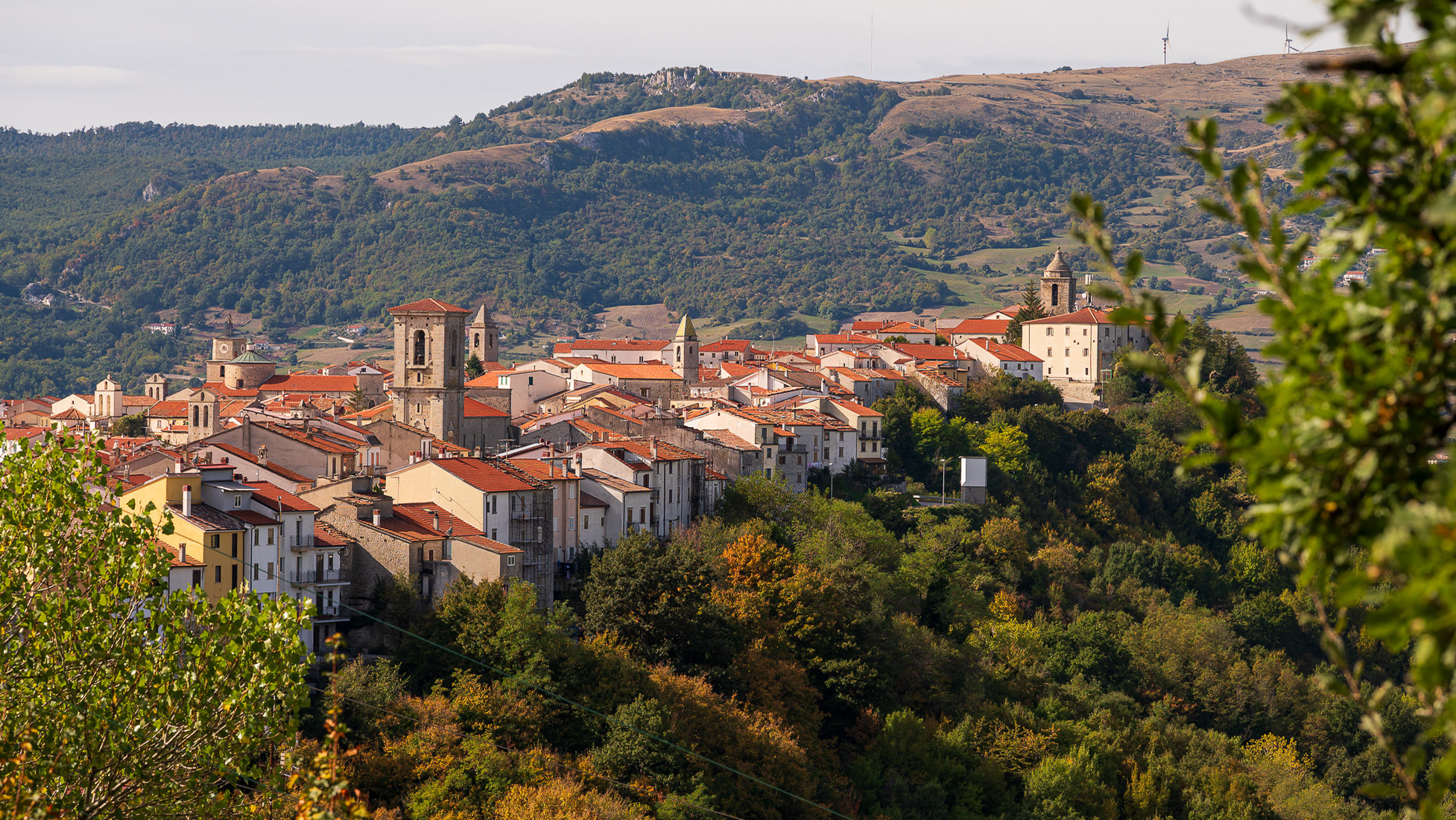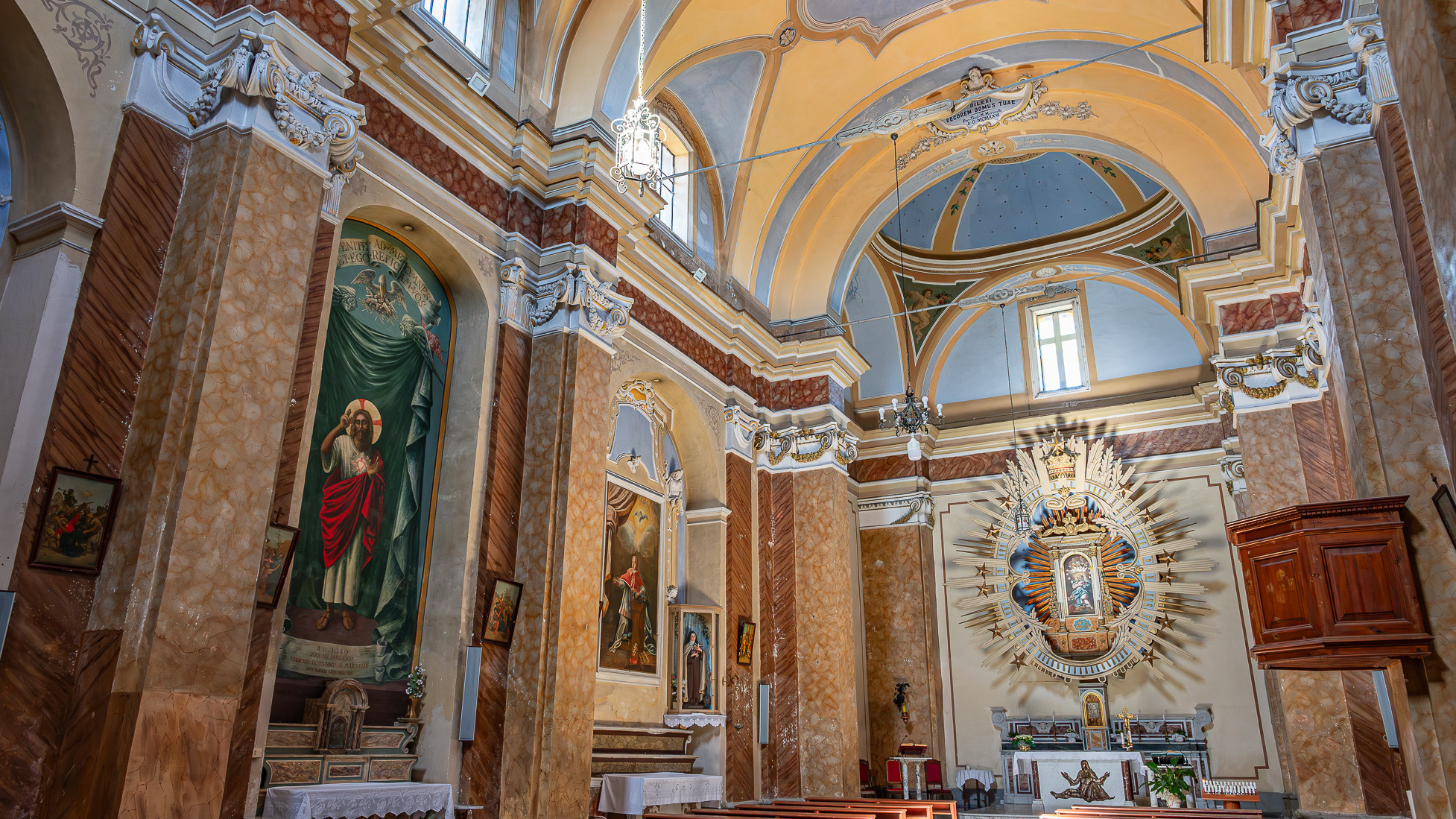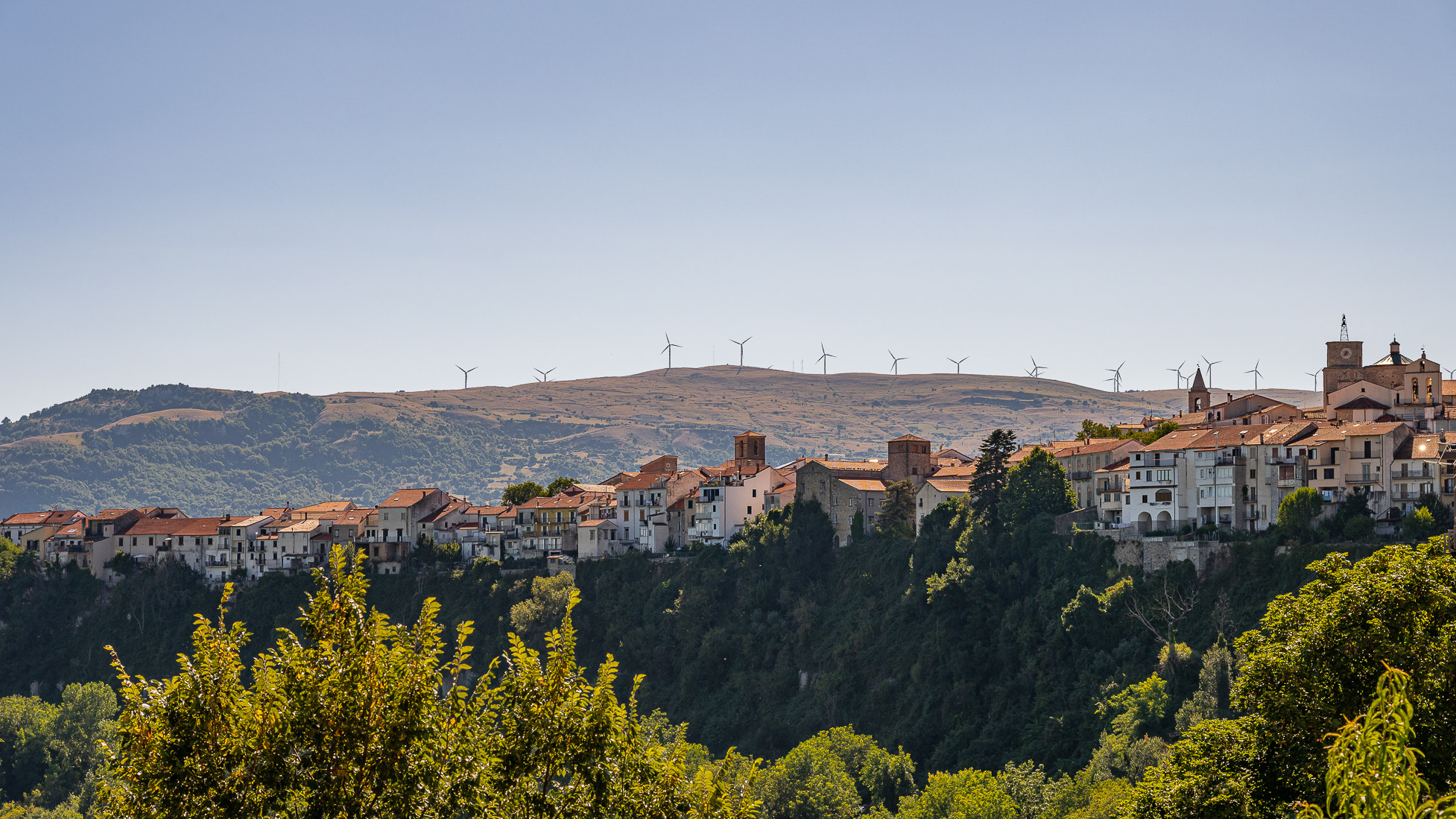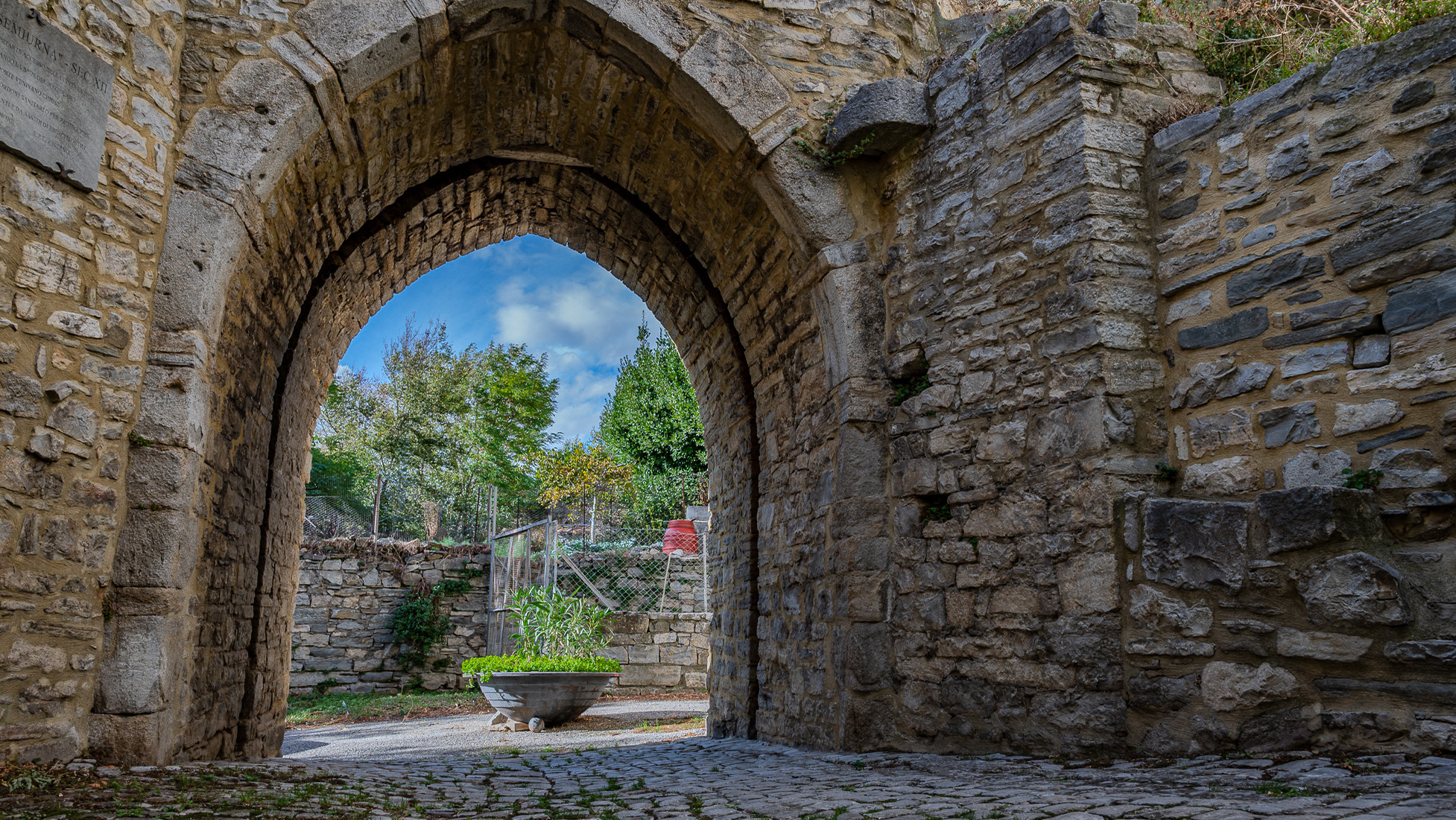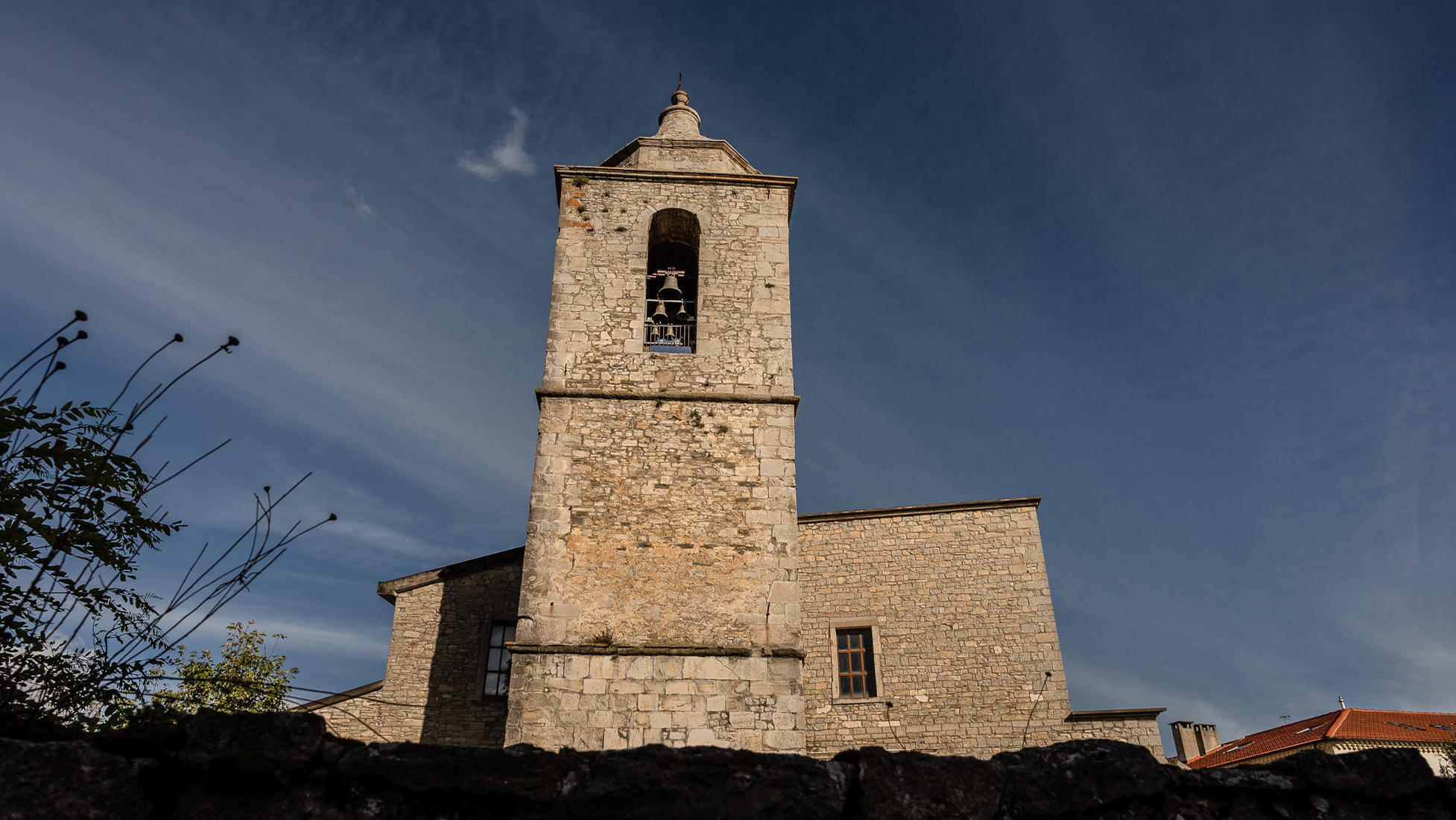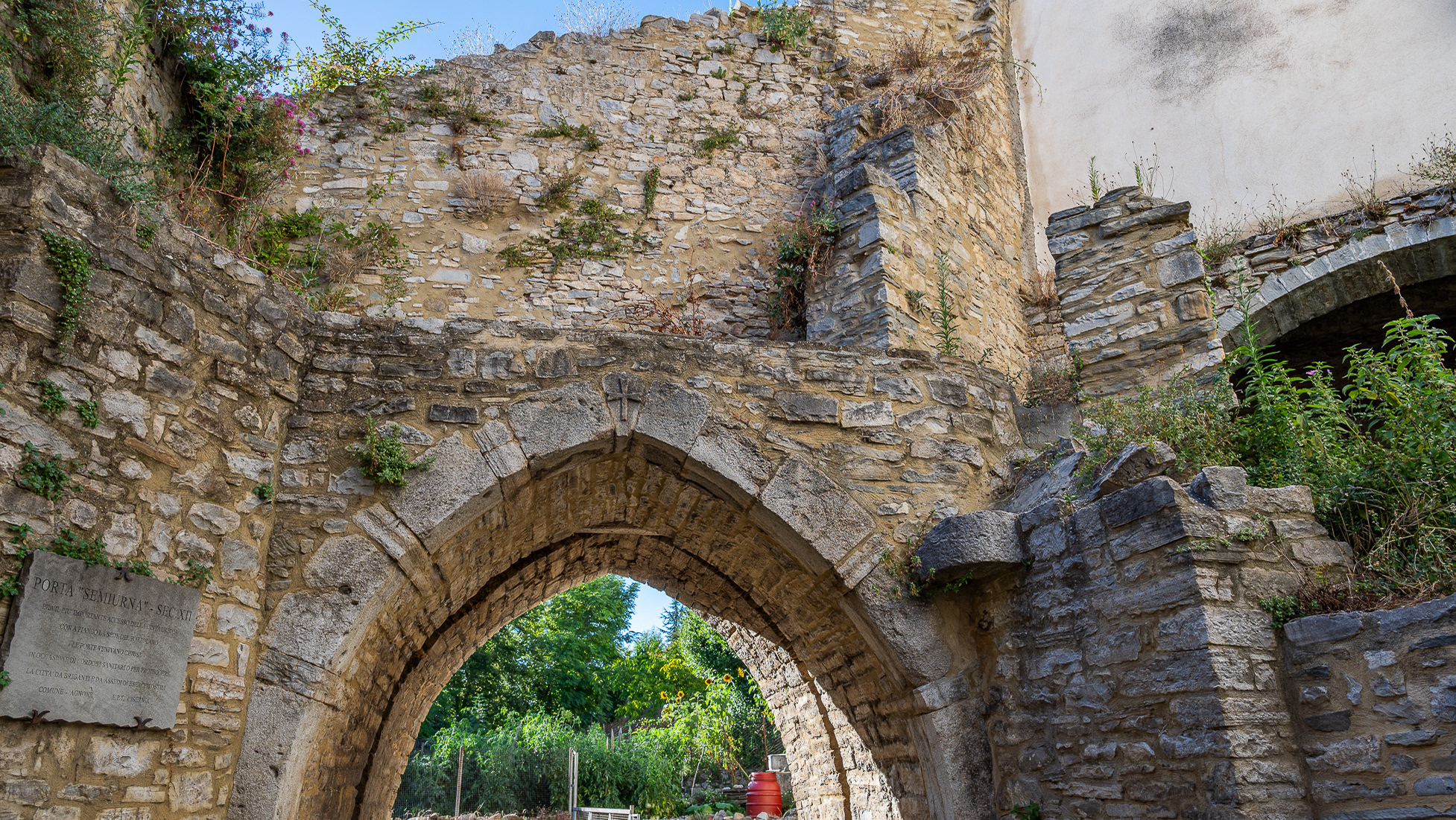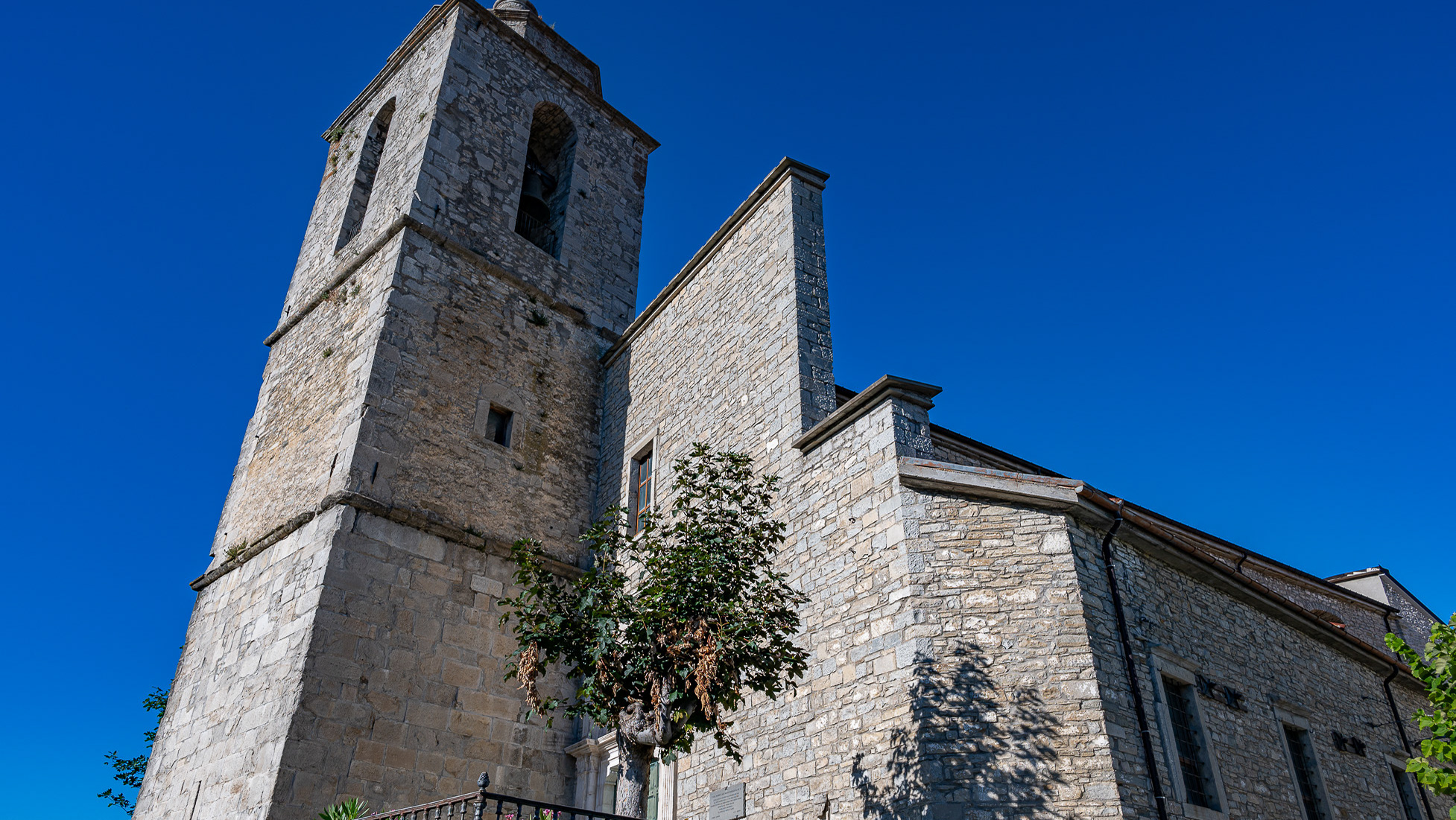Church of San Nicola
10th century building, as revealed by a document from Montecassino, although today it has an 18th century appearance. A document from 1083, a donation from the Count of Sangro Gualtiero Borrello, contains the name of the prior of the church at the time, a certain Giovanni, who was a priest, Benedictine monk and "hermit", that is, a hermit living in the hermitage of Capo del Verrino. The façade is simple, in stone ashlars, with a portal decorated with a tiara with the keys of Saint Peter, with a Latin inscription above. The bell tower is a tower with a spire adorned with green and yellow tiles. The interior has a single nave, made up of two carved wooden altars, plus the main one near the presbytery. The division into side chapels shows fake columns alternating with arches, characterized by gilded Ionic capitals. Furthermore, near the presbytery there is a dome, decorated with frescoes of the four evangelists near the columns that support it.
You may also like
